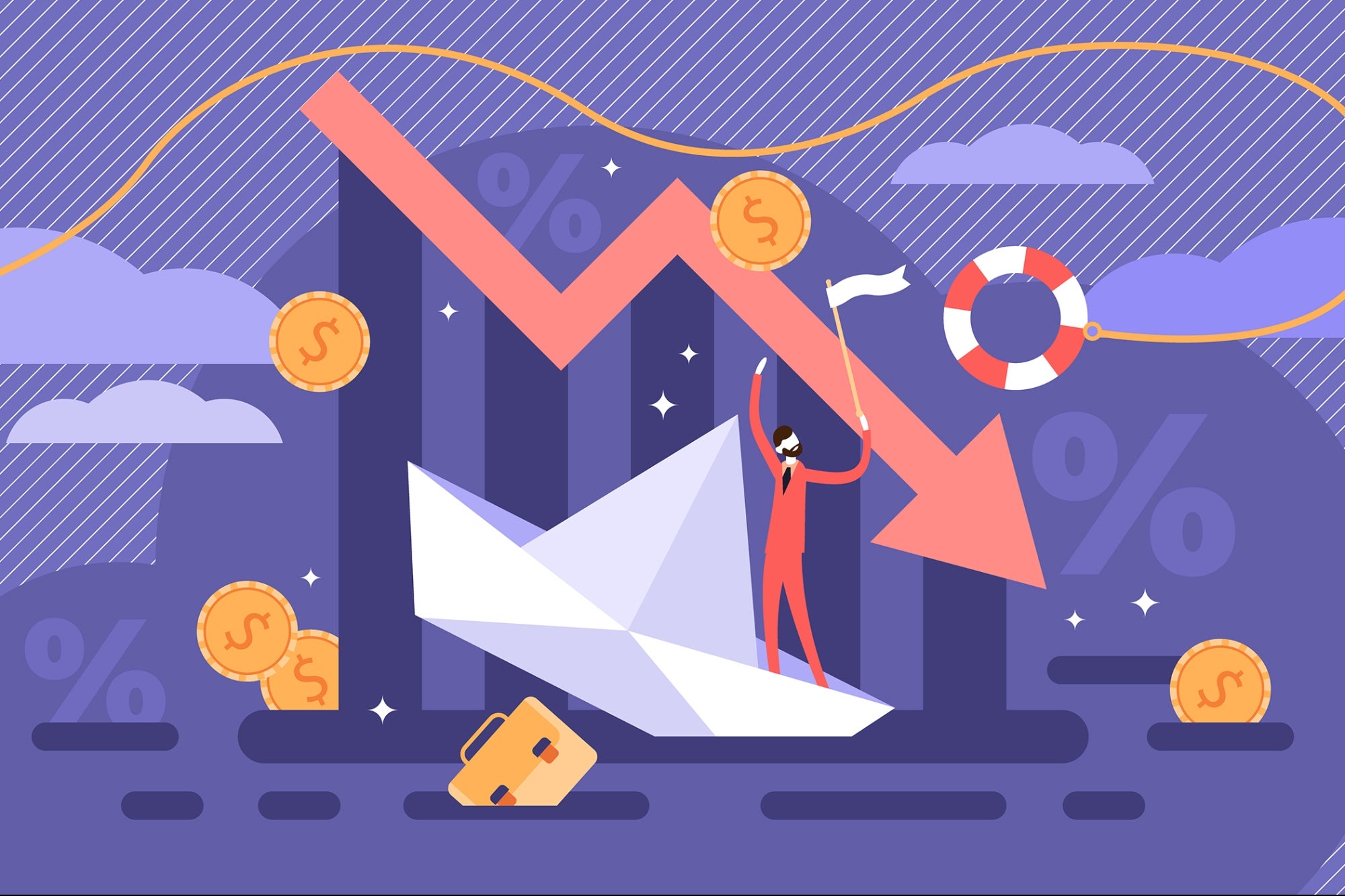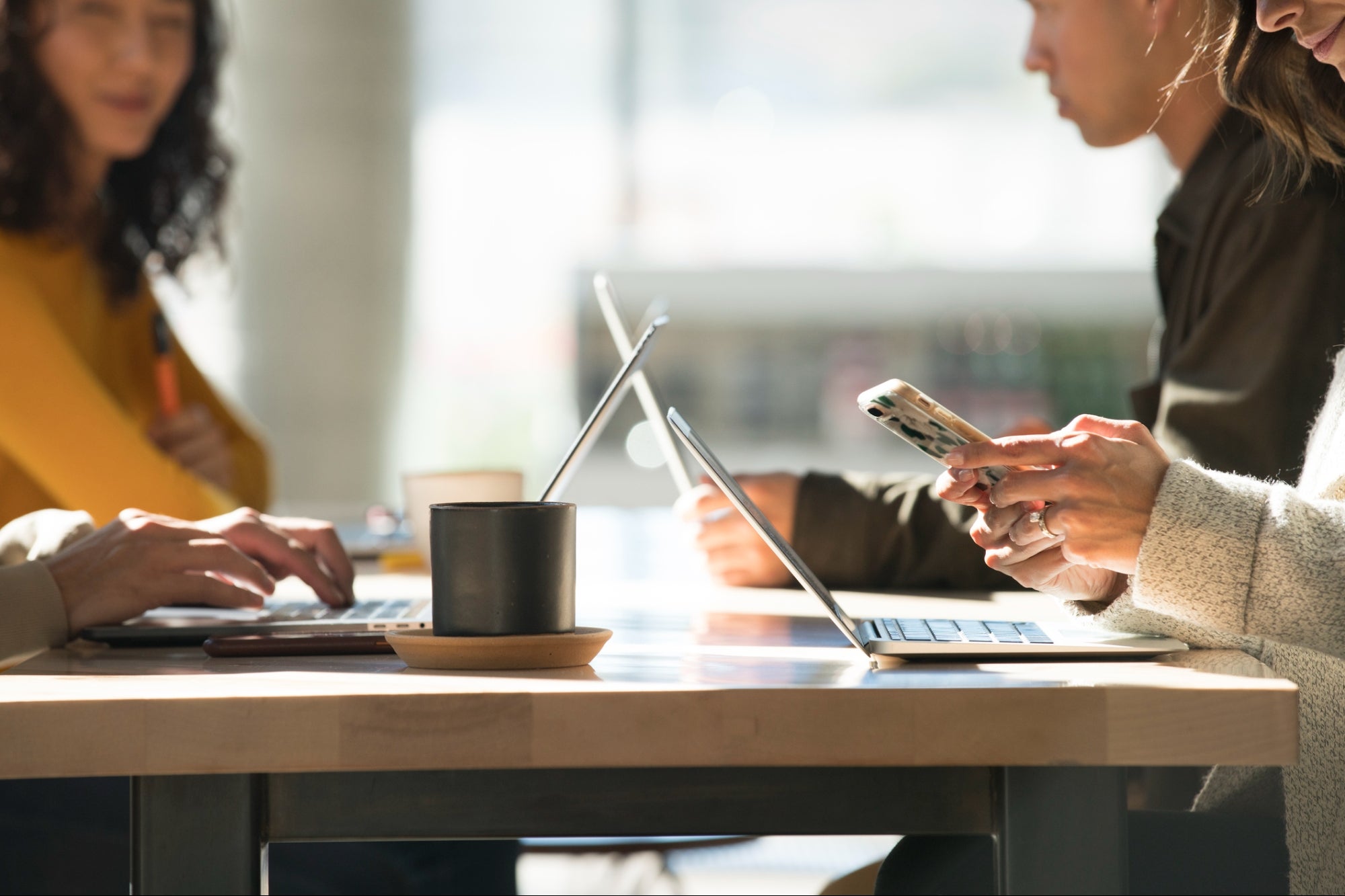How I Got Verified on Instagram Without Being Famous
While a person's value shouldn't hinge on that little blue check, it does make for bigger deals and easier sales.

By Kyle Dendy •
Opinions expressed by Entrepreneur contributors are their own.
According to Instagram's official website, verification "is a tool to help people find the real accounts of public figures and brands, and it means we verified this is a notable and authentic Instagram account." It was never intended to become a status symbol in society, but the fact that the culture views it as such means that it carries much more weight than letting people know a particular account is authentic.
Not long ago, I asked a friend a question. "When you see a blue check on somebody's profile, even if you have never heard of them before, what's the first thing that comes to your mind?" Without hesitation, my friend answered that the person "must be famous" or "at least the real deal at whatever they do." And in this simple response lies the answer to why getting verified on Instagram matters.
If you have a brand or business, people buy from you and want to work with you when they know you, like you or trust you. A blue verification badge gives you instant credibility with absolute strangers even when they don't know exactly what you do. You become looked at as an authority in whatever space you're in and gain power that needs to be handled responsibly because people tend to take you at your word.
Related: Instagram's Verification Self-Submission Form Update Allows for a More Complete Verification Request
How did I get verified on Instagram?
I spent most of the last few years building businesses, traveling as a speaker and making content on social media. Every once in a while, small publications would reach out and write a story about me. Whenever I applied for verification, however, I always got rejected. It was around this time that I started my PR agency and in the process of helping others land major news articles, I started doing the same for myself.
I spent a great amount of time building relationships with journalists and today have the contacts of thousands of writers at the world's biggest publications like Forbes, The New York Times, Success Magazine and more. Throughout the early months of 2021, I focused heavily on getting myself featured in top publications instead of just focusing on clients. After countless emails, pitch rejections and pitch acceptances, I built a strong line up of news articles for myself to add to my Instagram verification application.
Before submitting, however, I made the decision to do something I don't see many people talk about when it comes to getting verified on Instagram: I pursued getting verified on other platforms first so that I could show Instagram that I've already been recognized as a noteworthy person. After getting verified on Facebook and TikTok, I applied for Instagram verification by submitting these social-media links along with three news articles. When I checked my phone at dinner that night, I saw that little blue check on my profile, and the rest was history.
The biggest benefit that I noticed was that my Instagram DMs became full of people wanting to collaborate or do business together. I don't even think all of these people really knew what I did for work, but they knew they wanted to work with me in some capacity. I also noticed that my prospective clients in my various businesses tended to have fewer questions before making a purchase because the blue tick added an increased level of trust.
Related: This Is Why You Should Have That Verifying Blue Checkmark on Your Social-Media Accounts
Why did your verification request get rejected?
In an interview on The Breakfast Club, Head of Instagram Adam Mosseri was asked about verification and explained quite simply that the company determines if a person should be verified based on the amount of press he or she has. In other words, when a person Googles you, are a number of credible sources writing about you?
When you apply for verification, you're given the opportunity to provide up to five links to news articles and other social-media profiles that show you're credible. If you applied for verification and got denied, one of a few things probably happened.
First, you might have not waited the full 30 days you're required to wait before applying again after being denied. Rumor has it that not waiting 30 days to apply will have your application rejected automatically.
Second, you might not have added any links to news articles you've been featured in. If you apply for verification without any news articles, you're pretty much wasting your time. Press is the biggest deciding factor in your account getting verified, and you need to have it before you apply.
Lastly, you might have submitted news articles in your application that simply aren't strong enough. Getting featured in Forbes carries more weight than getting featured in your high school's online newspaper. That's not to say your small articles are not worth submitting. It's only to say that the bigger the press, the bigger the chances of you getting verified.
It's also important that the article is about you. If your name appears only once in a small sentence, you may want to consider using a different article in your application. Having your name in the headline is the most ideal situation.
These are the most common mistakes I see people make when trying to get verified on social media. If you haven't gotten verified yet, don't get discouraged. Keep getting more press, submit for verification every 30 days, and I'm confident it will come in time.










